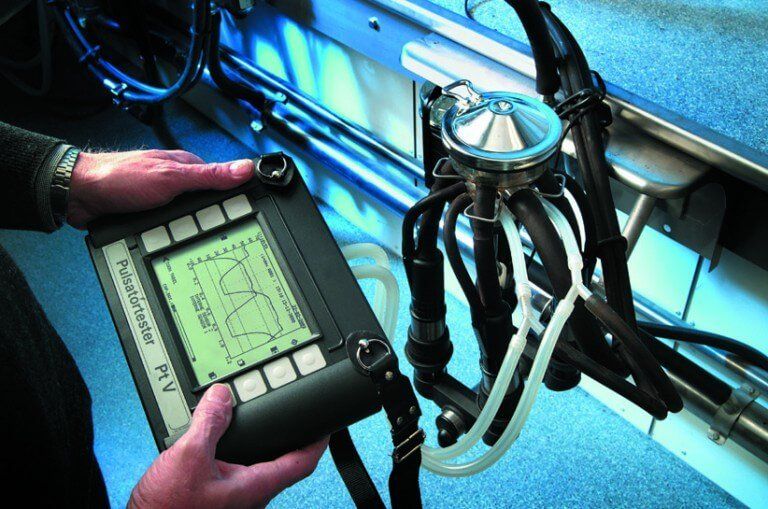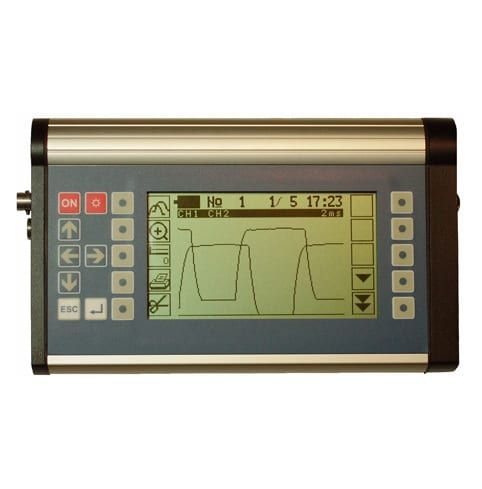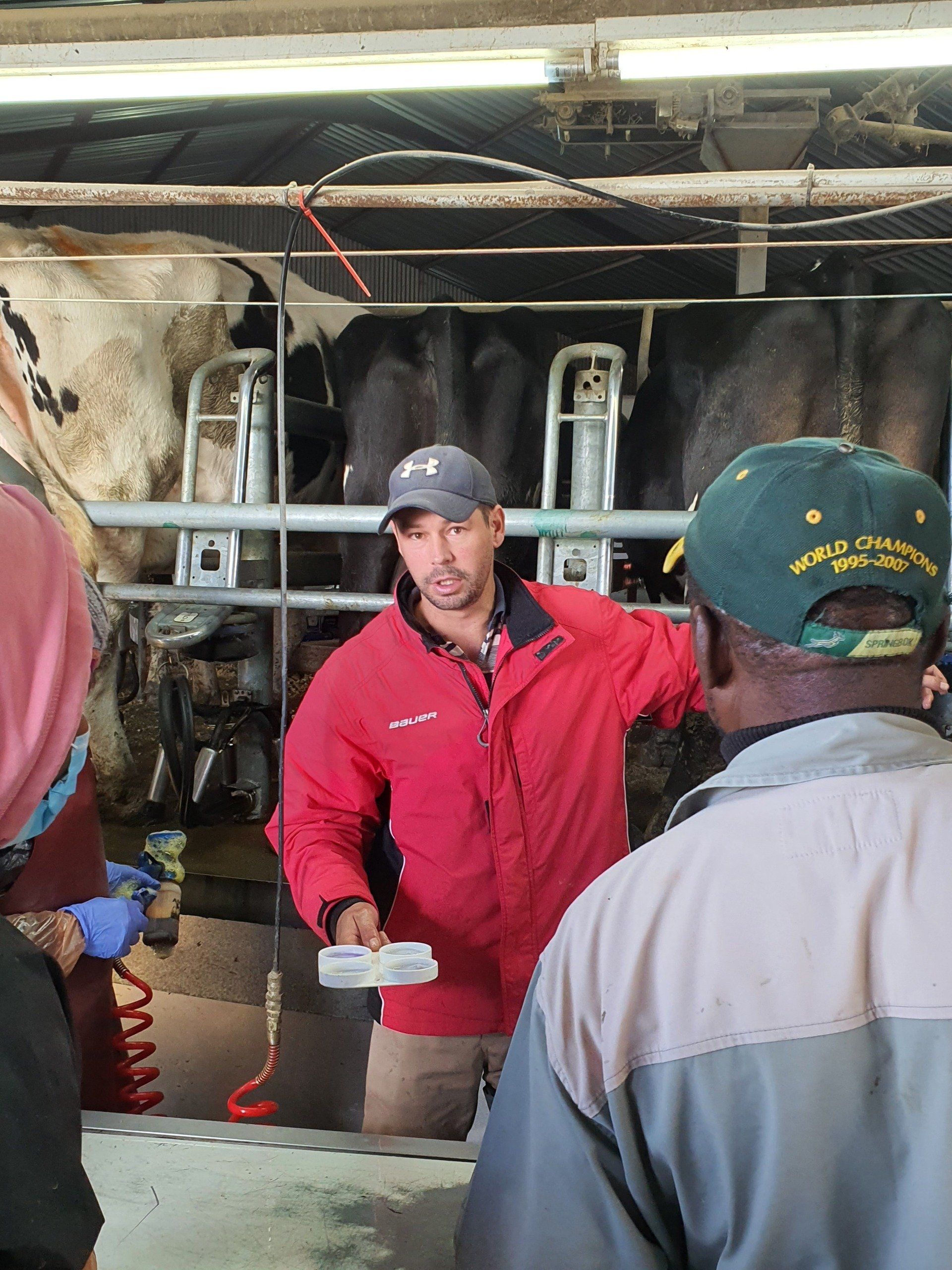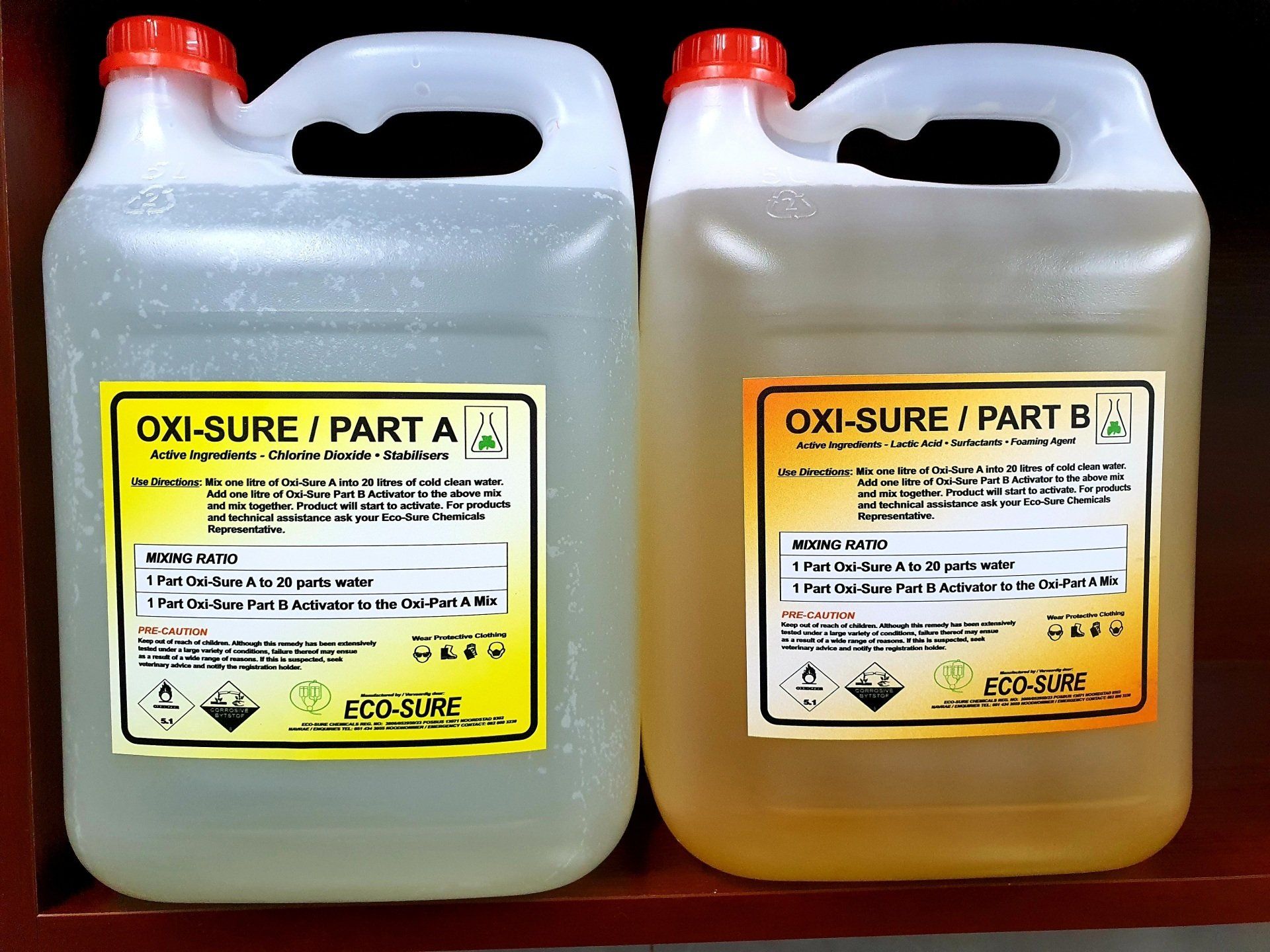
20% Off
New Fall-Winter Collection

20% Off
New Fall-Winter Collection
Pulsation and Vacuum testing
Pulsation and Vacuum testing
Eco-Sure Chemicals now offers pulsation testing!
Eco-Sure Chemicals now offers pulsation testing!
Get pulsation right and maintain a high flow rate from the teat while stimulating milk
Get pulsation right and maintain a high flow rate from the teat while stimulating milk
Benefits of an effective pulsation system include:
Cows are milked out in the least amount of time.
Pain and discomfort felt by the cow when milk flow ends is minimised.
The fluid that can collect in the teat tissues when there is no milk flow (potentially causing teat end damage and mastitis) is reduced.
What is a pulsation system?
All pulsation systems are made up of a pulsator (an air switching device), a source of vacuum, and connecting pipelines and flexible pulse tubes that connect the pulsator to the pulsation chamber, formed between the teat cup shell and liner.
The purpose of pulsation is to limit the amount of congestion and oedema occurring in the teat tissues during machine milking, which can lead to cow discomfort, teat congestion and potentially teat end damage (hyperkeratosis). Pulsation helps maintain a high rate of milk flow from the teat within each pulsation cycle and helps stimulate good milk let-down.
As with all machinery, maintenance of pulsators is important.
Regular testing, service and maintenance of milking equipment are essential and will have the following benefits:
• Maintain good mechanical performance.
• Improve the speed and completeness of milking.
• Improve mastitis control.
• Provide an early alert to emerging problems.
For continuous trouble-free operation with high-quality milk, regular maintenance and
replacement of wear-and-tear parts are necessary.
Regular testing, service and maintenance of milking equipment are essential and will have the following benefits:
• Maintain good mechanical performance.
• Improve the speed and completeness of milking.
• Improve mastitis control.
• Provide an early alert to emerging problems.
For continuous trouble-free operation with high-quality milk, regular maintenance and
replacement of wear-and-tear parts are necessary.
The aim of the tests and checks are to promote effective mechanical harvesting of milk and to identify problems when they start, and not only six monthly or yearly when the milking machine is serviced.
Related Projects
Related Projects








